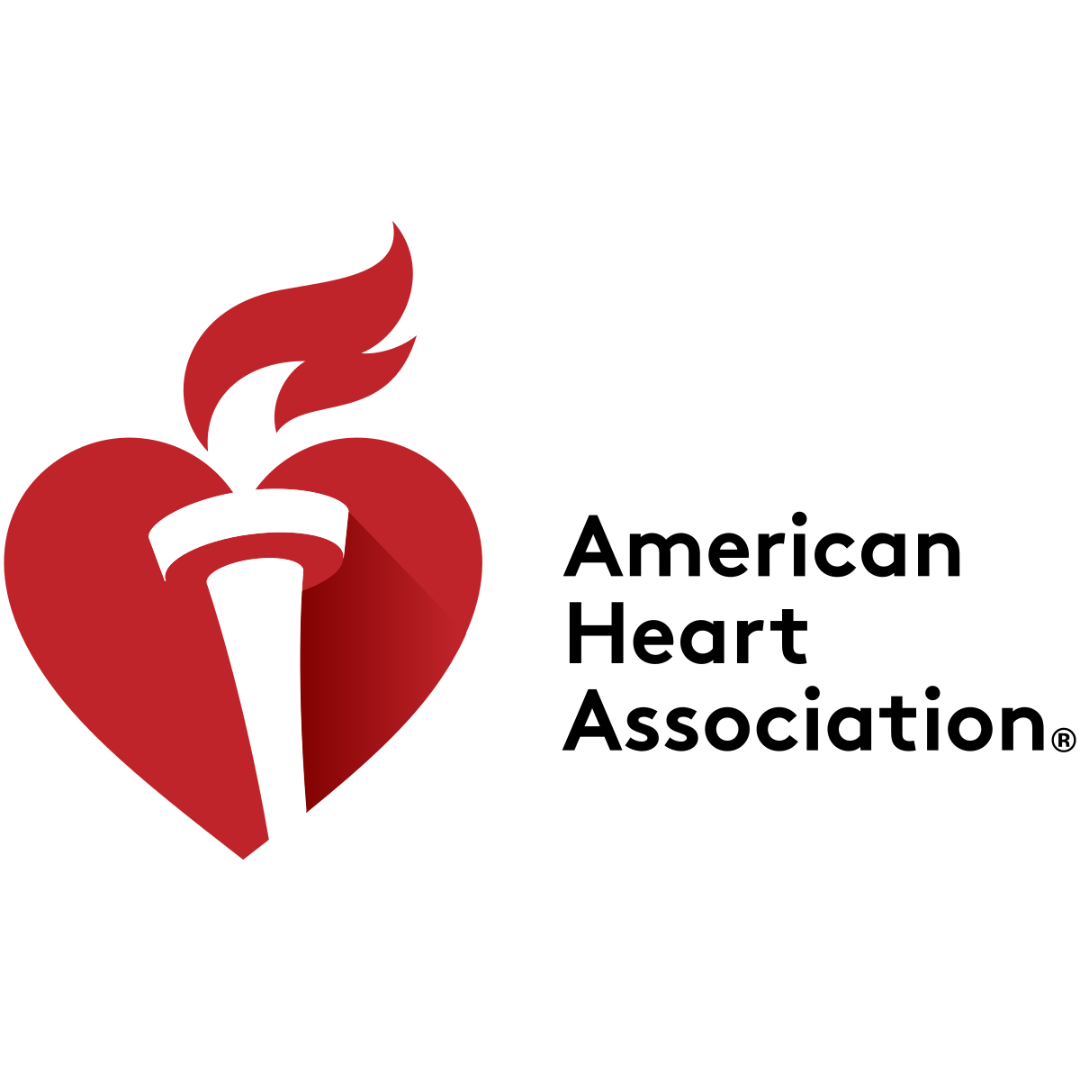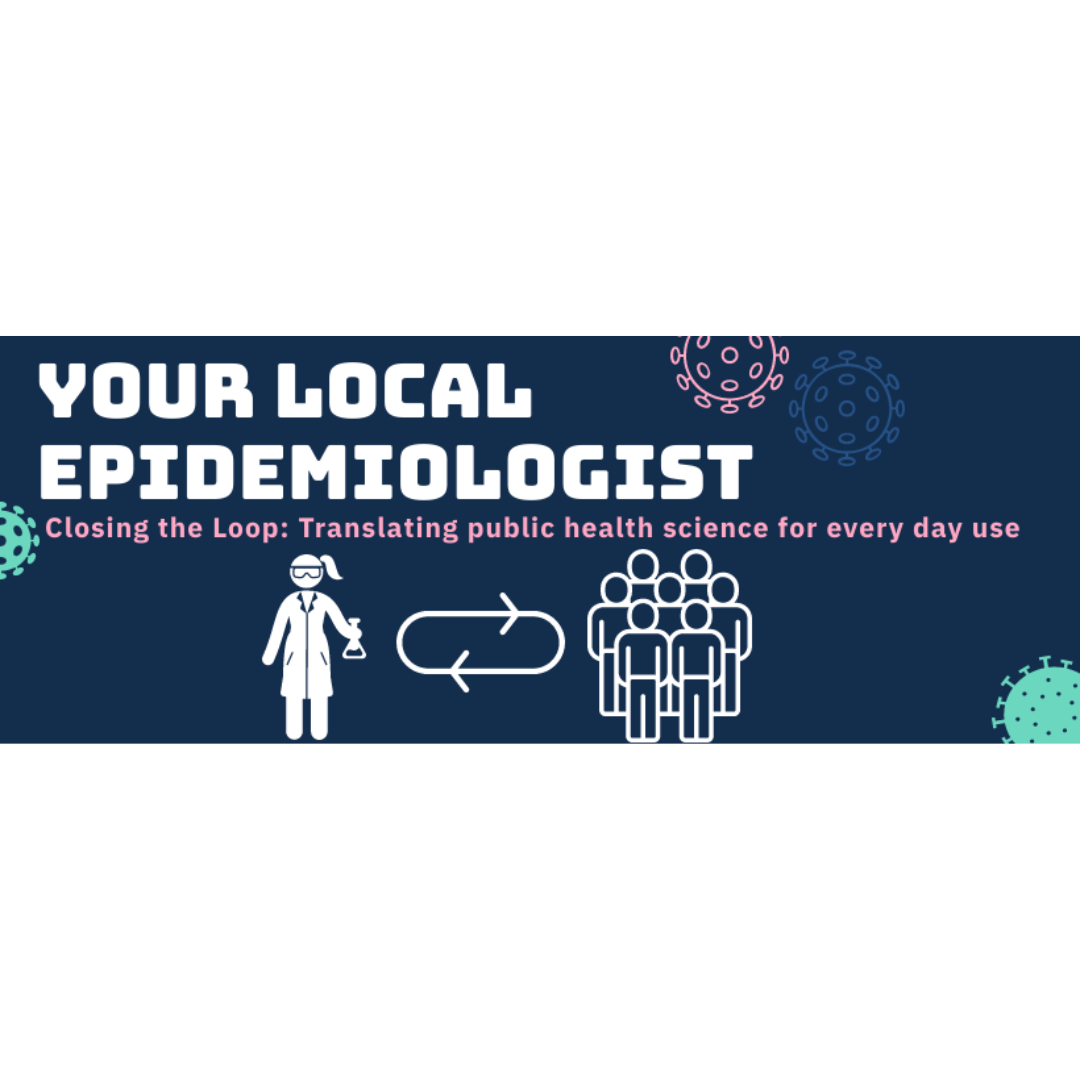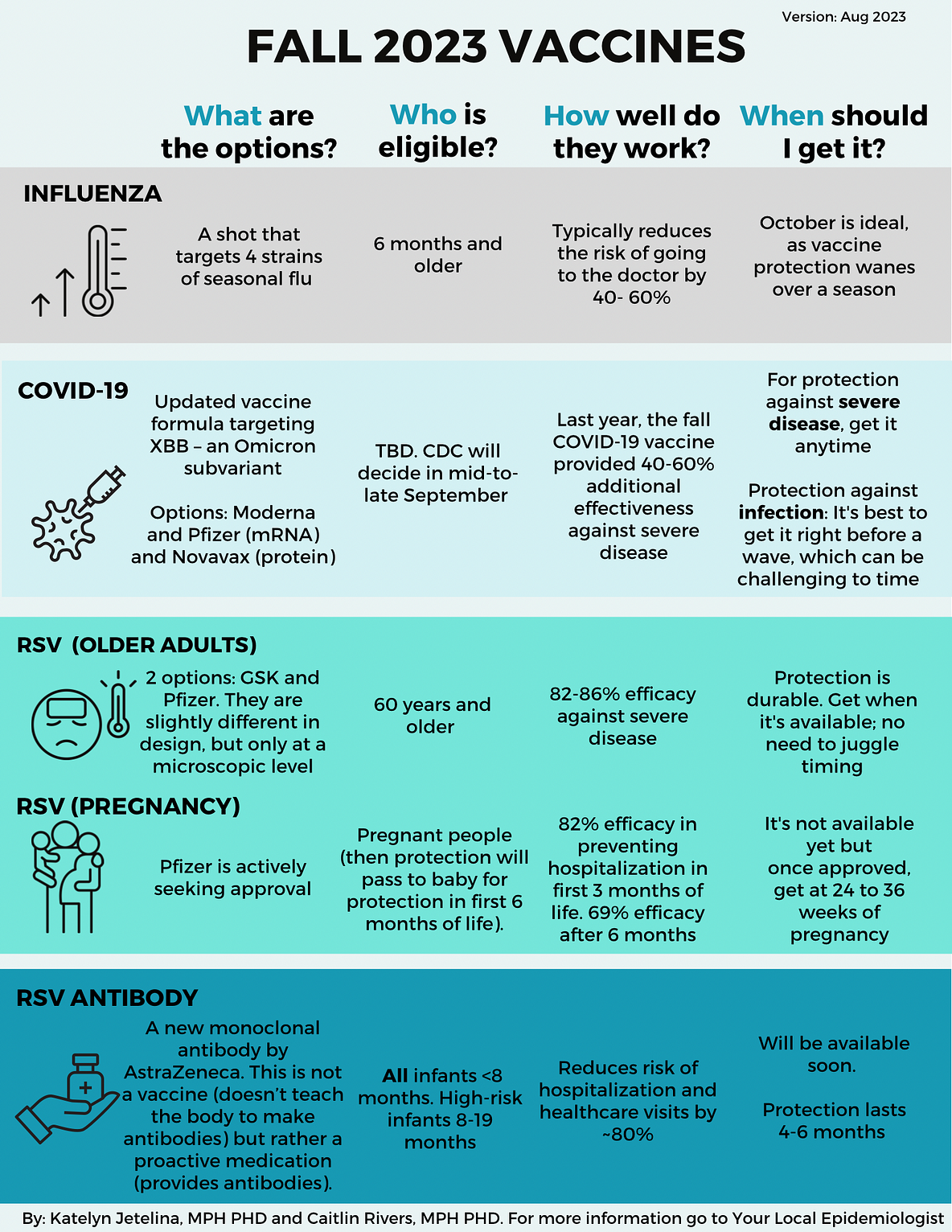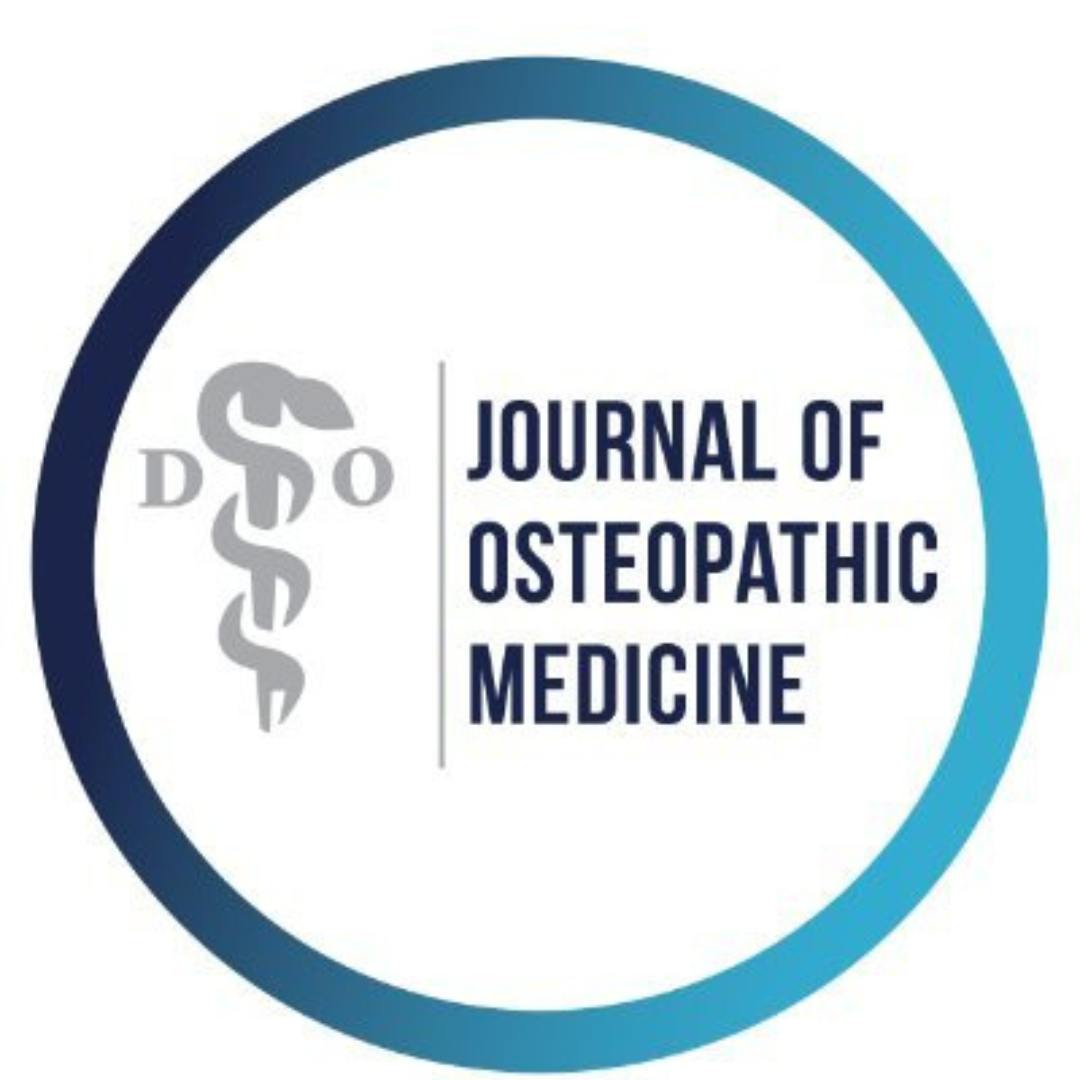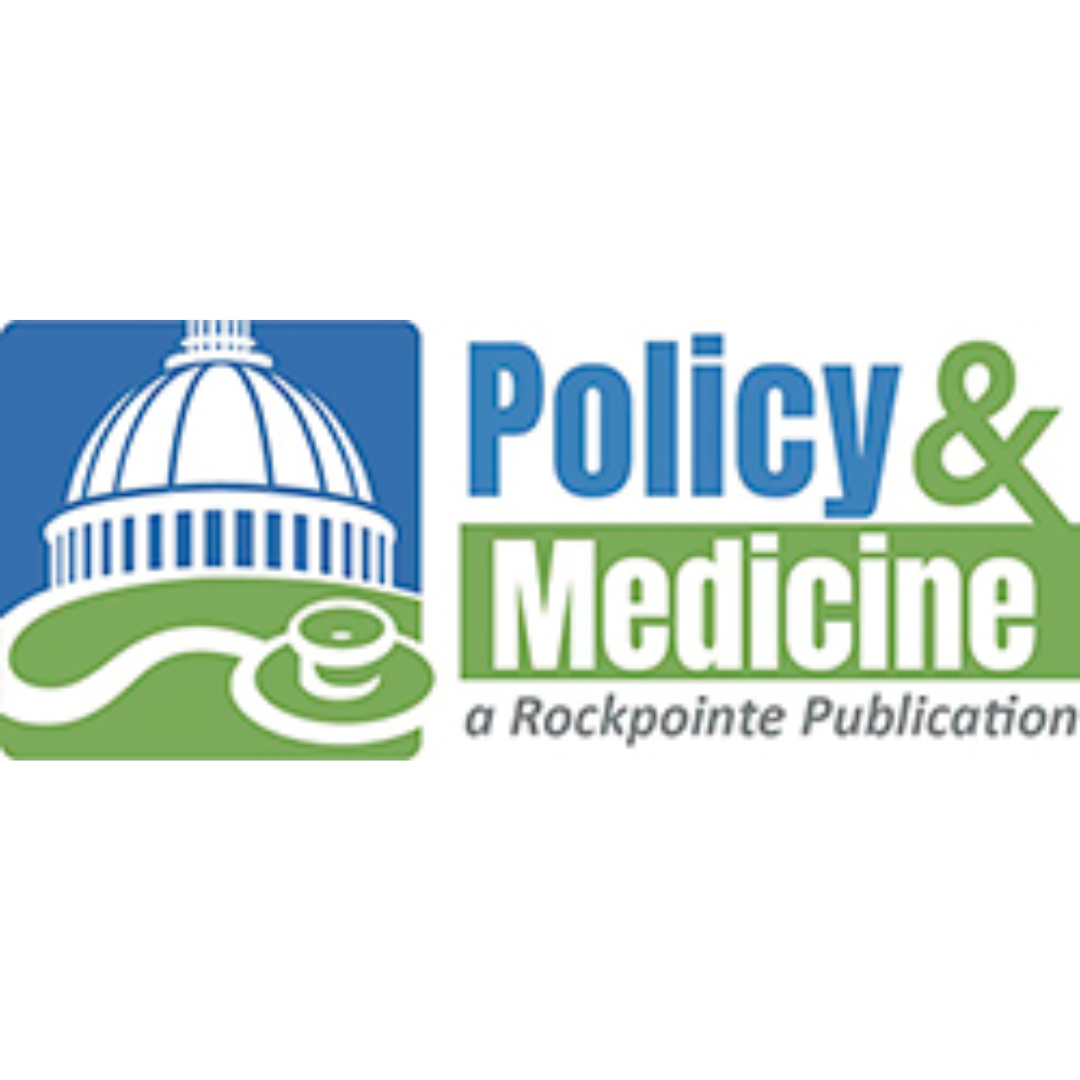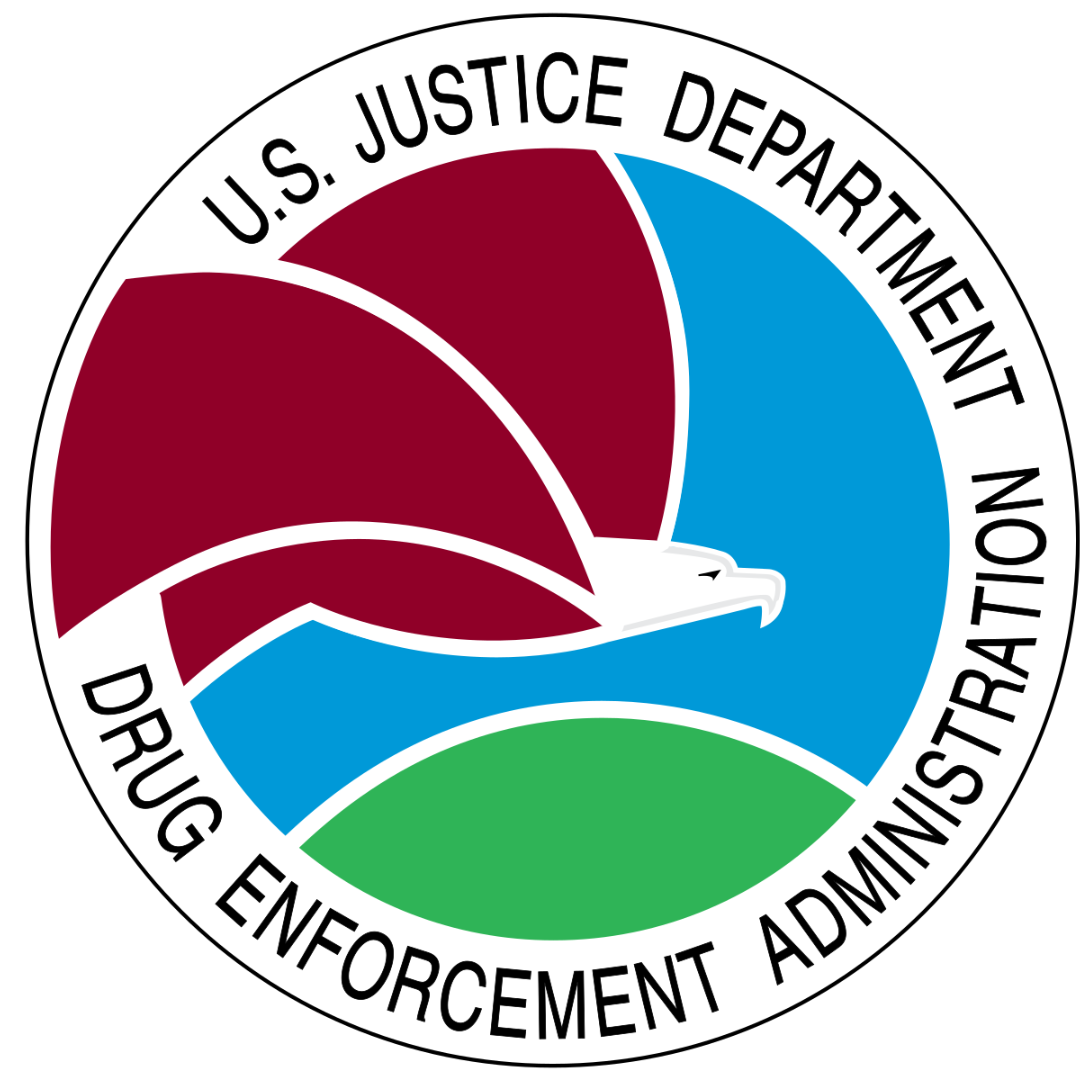An analysis of 430,000 adults in the U.S. found that using cannabis, most commonly through smoking, eating or vaporizing it, was significantly associated with a higher risk of heart attack and stroke, even after controlling for tobacco use (combustible cigarettes and other tobacco products) and other cardiovascular risk factors, according to new research published today in the Journal of the American Heart Association, an open access, peer-reviewed journal of the American Heart Association.

